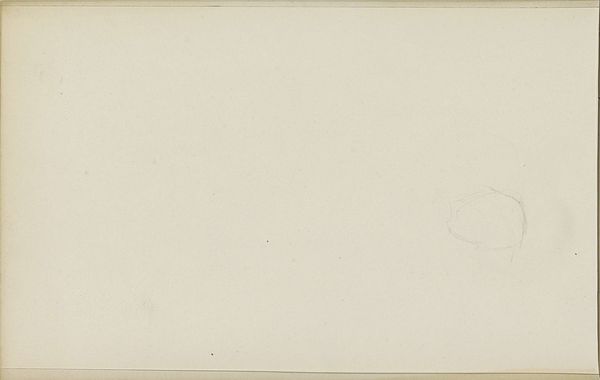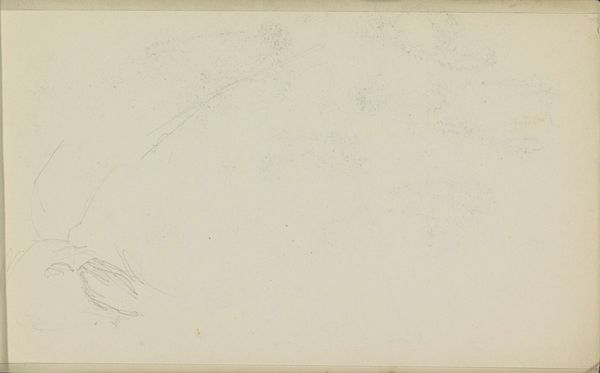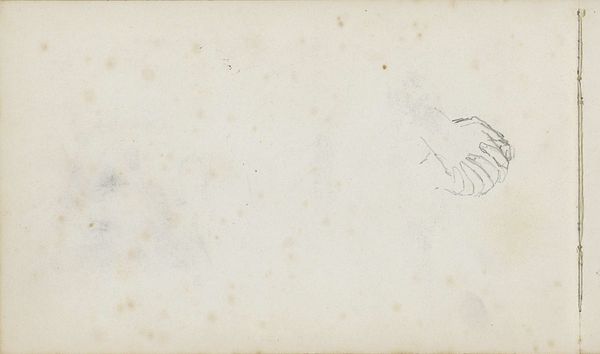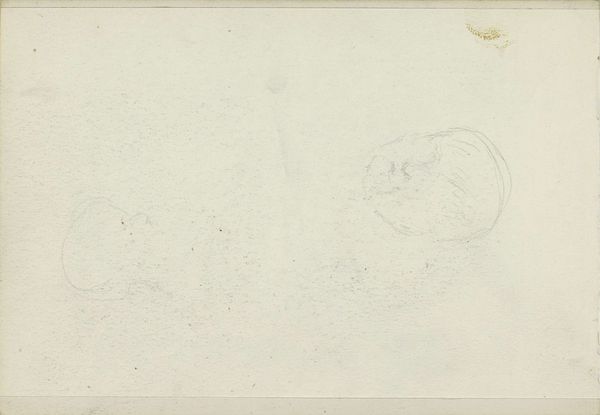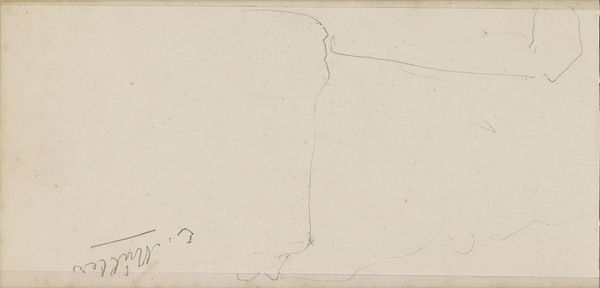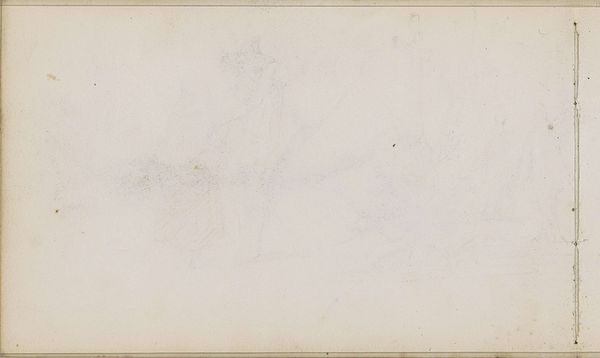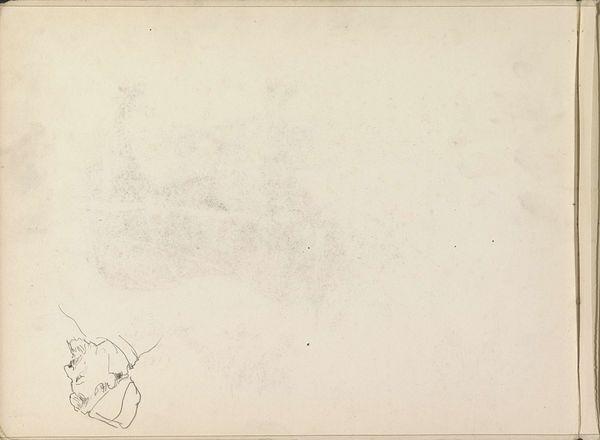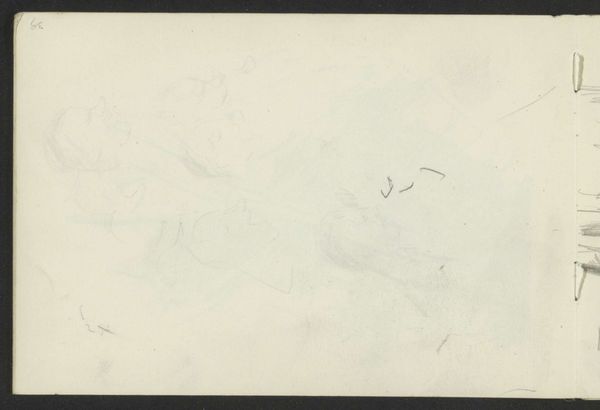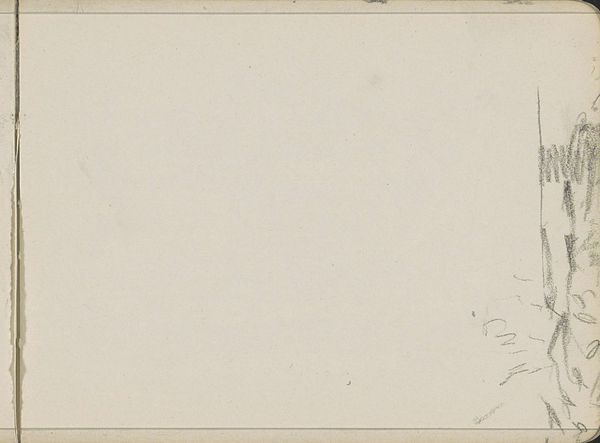
drawing, paper, pencil
#
drawing
#
paper
#
pencil
#
academic-art
Copyright: Rijks Museum: Open Domain
Editor: Here we have Pierre Joseph Hubert Cuypers’ "Reliekschrijn," made around 1850, using pencil on paper. It appears faint, almost ghostlike. There is not a whole lot of visual detail on display but I am intrigued to understand it better. What catches your eye about this work? Curator: Immediately, the composition strikes me as an exercise in form rather than representational accuracy. Observe the pencil strokes – tentative, almost hesitant. How do these marks, these mere suggestions of lines, define space on the paper? Editor: I see what you mean. The lines create a sense of depth, suggesting something three-dimensional within this very flat surface. But they're so light! What effect does that have? Curator: Precisely. The delicacy of the lines challenges the solidity typically associated with architectural drawings. Is Cuypers aiming for precision, or is he exploring the essence of form, distilled to its barest elements? Consider also the repetition of shapes in the upper left detail. Editor: So, it's less about what it *is* and more about how the artist created form itself. That makes sense. How do you see the symmetry fitting in? Curator: The drawing presents a subtle interplay of balance and imbalance. Symmetry suggests order, rationality. However, observe the blank space dominating the majority of the composition. This imbalance creates tension, a visual dialogue. Does this empty space diminish the drawn portion, or does it, paradoxically, amplify the impact of what *is* rendered? Editor: It seems to draw more attention to the marks, highlighting their texture against the large, muted surface. Curator: Indeed. And isn't that the ultimate function of art: to provoke examination? To shift perspectives on the familiar and invite the viewer to discover complexity and depth in what may initially appear unremarkable? Editor: Absolutely. It's remarkable how even this seemingly simple drawing provides such food for thought when viewed through a formal lens. Curator: It's in the nuances of line and the poetics of space that the work transcends mere depiction.
Comments
No comments
Be the first to comment and join the conversation on the ultimate creative platform.
